The scope of vacuum coating in today's hottest technologies is ever-growing. The articles featured in this issue of SVConnections capture many perspectives of our technology and industry; from theoretical applications conjured in the world of academia, to the improvement of existing technologies and the status of the materials industry throughout the world. Explore what's new in materials science and understand others' specialties within the field of vacuum coating.
You are welcome to share an interesting article on vacuum coating and related processes with the SVC community. E-mail us at publications@svc.org. |
| | |
Exclusive Research-Critical Trends
From Paper, Film & Foil Converter, May 1, 2011, by Yolanda Simonsis: "Good results were reported in practically every business activity in the following sectors: flexible packaging; unprinted rolls & sheets labels, tapes & tags; and paperboard packaging. While bad news comes in the form of continuing increases in materials costs, in 2010 converters offset this negative trend with positive growth in profits, revenue, hiring, volume of orders, inquiry activity, and business backlog to name just a few. Particularly encouraging are converters' investments in R&D to attract customers in search of innovative products - the lifeblood of our industry."
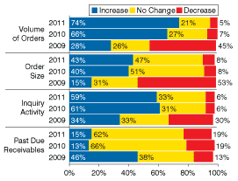 "Most respondents expect to enjoy improved business conditions, particularly in terms of volume of orders (74%) and inquiry activity (59%). The majority of respondents expect past due receivables to remain stable in 2011. Other survey results include business impact of imported converted products and plant capacity utilization data." "Most respondents expect to enjoy improved business conditions, particularly in terms of volume of orders (74%) and inquiry activity (59%). The majority of respondents expect past due receivables to remain stable in 2011. Other survey results include business impact of imported converted products and plant capacity utilization data."
"The vast majority of respondents (82%) plan to add or expand product/service offerings in 2011. As in prior years, respondents are most likely to expand their printing (35%) capabilities, followed by laminating (26%), coating (25%), and/or slitting (21%) capabilities. Half of all respondents (54%) reported making significant (defined as more than $30,000) capital investments in 2010, and 55% plan to do so within the next 6-12 months."
Source:
Click on the link to read the full article
Paper, Film & Foil Converter (PFFC): http://pffc-online.com/management/critical-trends-0501/
Image: Paper, Film & Foil Converter (PFFC)
|
|
|
|
Real-Time Deposition Monitor for Ultrathin Conductive Films
From NASA Tech Briefs, Glen Research Center,
May 1, 2011: "A device has been developed that can be used for the real-time monitoring of ultrathin (2 A or more) conductive films. The device responds in less than two microseconds, and can be used to monitor film depositions up to about 60 A thick. Actual thickness monitoring capability will vary based on properties of the film being deposited. This is a single-use device, which, due to the very low device cost, can be disposable.
Conventional quartz/crystal microbalance devices have proven inadequate to monitor the thickness of Pd films during deposition of ultrathin films for hydrogen sensor devices. When the deposited film is less than 100 A, the QCM measurements are inadequate to allow monitoring of the ultrathin films being developed. Thus, an improved, high-sensitivity, real-time deposition monitor was needed to continue Pd film deposition development."
Source:
Click on the link to read the full article
NASA Tech Briefs:http://www.techbriefs.com/component/content/article/9883
|
| |
|
AMOLEDs: A Bright and Flexible Future
From Photonics Spectra, April 2011, by Hank Hogan: "They're bright and getting bigger, and they can be flexible as well. AMOLED (active-matrix organic light-emitting diode) displays promise devices that offer vibrant color, fit in the palm of the hand or across the wall of a room, and come in sheets that can be rolled out - or up - as needed. However, problems with size, lifetime and electronics have to be addressed, along with other issues.
Jennifer Colegrove, vice president of emerging display 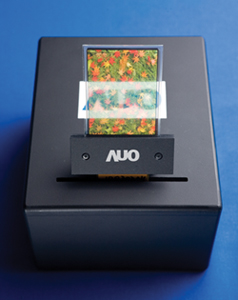 technology at the Santa Clara, Calif.-based market analysis firm DisplaySearch, forecasts substantial growth in AMOLED displays over the next few years. In 2010, total sales topped $1 billion for the first time. By 2017, the company predicts, the market will swell 15-fold. technology at the Santa Clara, Calif.-based market analysis firm DisplaySearch, forecasts substantial growth in AMOLED displays over the next few years. In 2010, total sales topped $1 billion for the first time. By 2017, the company predicts, the market will swell 15-fold.
"The market growth will be pretty healthy in the next several years, given all of the investment and capacity expansion already under way," Colegrove said.
Today, AMOLED sales are almost entirely in cell phones and other small-form-factor displays. Toward the end of the decade, televisions will represent a substantial part of the market, although small sizes will still lead in active-matrix OLED displays. As the name implies, such displays use an electronic array to turn specific OLED pixels on or off, requiring a backplane that spans the device."
Source:
Click on the link to read the entire article:
Photonics Spectra: http://www.photonics.com/Article.aspx?AID=46665
Image: Courtesy of AU Optronics
|
|
|
|
The State of the Touch-Screen Panel Market in 2011
From Information Display, March 2011, by Duke Lee of Displaybank: "For the first 30-plus years of its existence, the touch-screen panel (TSP) industry was focused on specialized touch devices such as ATMs, kiosks, point-of-sales terminals, and industrial controls. In the early 2000s, when the industry first began expanding into consumer-electronic products such as personal digital assistants (PDAs) and personal navigation devices (PNDs), touch started attracting more attention. Growth prospects were diminished somewhat when the PDA market started to contract in 2003, but the TSP industry continued to grow while remaining focused mostly on small- and medium-sized niche markets.
As is well-known, the transformative event was the launch of the Apple iPhone in 2007. The iPhone's projected-capacitive (pro-cap) touch-screen panel drove the TSP industry to finally move beyond the application of traditional touch technologies in those small- and medium-sized markets. As global brands
such as Samsung and LG Electronics radically expanded the use of touch in their products, the TSP industry began to be more investment-driven. And as market growth accelerated,
a very high capability in touch technology came to be considered a basic competence. In addition, the ability to consistently supply very large quantities of touch-screen
panels (ensured through the development of increasingly large manufacturing capacities) became important. These characteristics indicated that the industry was changing from technology-intensive to capital-intensive."
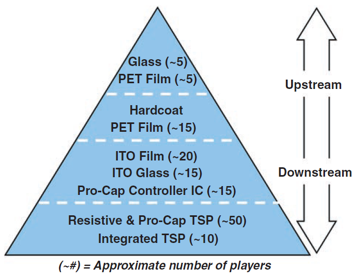
Source:
Click on the link to read the full article.
www.walkermobile.com: http://www.walkermobile.com/March_2011_ID_State_of_the_Touch_Screen_Market.pdf
Image: Displaybank
|
| |
|
The Road Ahead: PV Manufacturing Expansion and Equipment Purchases
From Solar Industry, April 21, 2011, by SI Staff:
"Following a year of favorable market demand growth (139%), PV cell manufacturers have embarked upon aggressive expansion plans in support of ambitious shipment guidance for this year. Consequently, the scale of expa nsions announced is creating a $15.2 billion revenue opportunity for PV equipment suppliers this year - an increase of 41% year over year (Y/Y), according to a new report from Solarbuzz." nsions announced is creating a $15.2 billion revenue opportunity for PV equipment suppliers this year - an increase of 41% year over year (Y/Y), according to a new report from Solarbuzz."
Source:
Click on the link to read the entire article:
Solar Industry: http://www.solarindustrymag.com/e107_plugins/content/content.php?content.7750
Image: David Watts Jr.
|
| |
|
Global Photovoltaic Installations This Year Expected to Top 21 GW
From Solar Industry, June 1, 2011, by SI Staff: "More than 21 GW of new PV capacity is predicted to be installed this year - up from around 18 GW in 2010, according to IMS Research's latest report on PV demand.
The firm says it has raised its outlook for this year based on new information regarding supply chain pricing which will help stimulate demand in major markets. However, it also cut its long-term forecast slightly due to decreasing incentives in several markets.
Source:
Click the link to read the full article:
Solar Industry: http://www.solarindustrymag.com/e107_plugins/content/content.php?content.8008
|
| |
Nano-research Opens Way to Everlasting Battery
From RMIT University News, June 22, 2011: "In a crucial step towards the development of self-powering portable electronics, RMIT University researchers have for the first time characterised the ability of piezoelectric thin films to turn mechanical pressure into electricity.
The pioneering result has been published in the leading 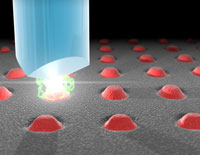 materials science journal, Advanced Functional Materials. materials science journal, Advanced Functional Materials.
Lead co-author Dr Madhu Bhaskaran said the research combined the potential of piezoelectrics - materials capable of converting pressure into electrical energy - and the cornerstone of microchip manufacturing, thin film technology.
"The power of piezoelectrics could be integrated into running shoes to charge mobile phones, enable laptops to be powered through typing or even used to convert blood pressure into a power source for pacemakers - essentially creating an everlasting battery," Dr Bhaskaran said.
"The concept of energy harvesting using piezoelectric nanomaterials has been demonstrated but the realisation of these structures can be complex and they are poorly suited to mass fabrication.
"Our study focused on thin film coatings because we believe they hold the only practical possibility of integrating piezoelectrics into existing electronic technology."
Source: Click the link to read the full article:
RMIT University: http://www.rmit.edu.au/browse;ID=x7phmev409181
Image: Daniel J. White
|
| |
|
UH Chemist Developing Materials to Detect, Repel
E. coli
From University of Houston, June 15, 2011: "A University of Houston (UH) chemist who is developing materials for detecting and repelling E. coli has published papers in two high-impact journals this month.
Rigoberto "Gobet" Advincula, a polymer chemist, says he and his colleagues have developed two different materials that are both equally effective against E. coli. He discusses the findings in the June issues of Chemical Communications (ChemComm) and Chemistry of Materials.
The ChemComm paper, Advincula says, describes a graphene material that is proving to be an effective antimicrobial, while the research appearing in the journal Chemistry of Materials uses a conducting polymer that can repel E. coli. He says his team has created a smart film that not only can be used to turn bacterial adhesion on and off, but also may be used for detecting bacteria. The work was done in collaboration with Debora Rodrigues and her group from UH's department of civil and environmental engineering.
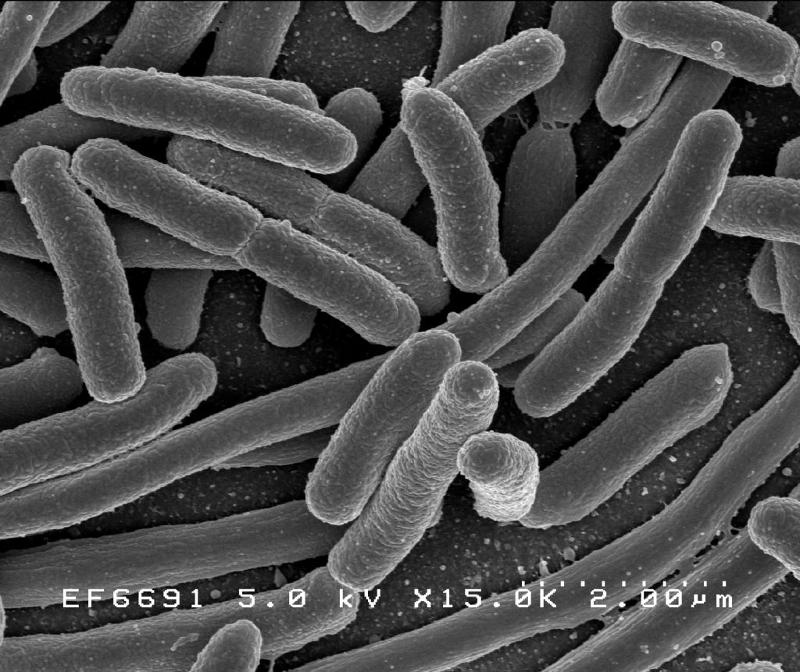
Prolific in inventing new and smart materials such as these, Advincula has compiled an impressive record as a leading polymer, thin films and nanomaterials researcher. In addition to these most recent publications, three other papers were cover stories in top journals in April. In May, he released a new book with Wolfgang Knoll of the Austrian Institute of Technology titled "Functional Polymer Films" that Advincula considers to be akin to an encyclopedia on polymer thin films."
Source: Click the link to read the full article:
University of Houston: http://www.uh.edu/news-events/stories/2011articles/June2011/061511AdvinculaFellowEcoli.php
Image: National Institute of Allergy and Infectious Diseases
|
| |
|
Rapid Etching X-rayed
From Christian-Albrechts-Universitšt zu Kiel,
March 22, 2011: "A breakthrough in the study of chemical reactions during etching and coating of materials was achieved by a research group headed by Kiel physicist, Professor Olaf Magnussen. The team from the Christian-Albrechts-Universitšt zu Kiel (CAU), Germany, in collaboration with staff from the European Synchrotron Radiation Facility (ESRF) in Grenoble, France, have uncovered for the first time just what happens in manufacturing processes, used for the formation of metal contacts thinner than a human hair in modern consumer electronics, such as flat-screen television. The results appear as the cover feature in the current issue (23.3.2011) of the renowned Journal of the American Chemical Society.
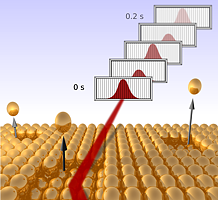 For their research the scientists used the intense X-ray radiation of the experimental station ID32, one of the ESRF's instruments. The X-ray beam was directed onto a gold surface while it dissolved in diluted hydrochloric acid. Because the reflected X-rays are sensitive to tiny changes in the atomic arrangement at the material's surface, the metal removal during the reaction can be precisely measured. "Such studies were only possible during very slow changes of the material so far", Olaf Magnussen explains. To gain insight into the fast reactions going on in industrially employed processes the speed of the measurements had to be increased more than a hundredfold. Even during very fast etching the removal of the metal proceeded very uniformly. "The material dissolves quasi atomic layer by atomic layer, without formation of deeper holes", Magnussen remarks. In a similar way, the team could follow the attachment of atoms during the chemical coating of materials." For their research the scientists used the intense X-ray radiation of the experimental station ID32, one of the ESRF's instruments. The X-ray beam was directed onto a gold surface while it dissolved in diluted hydrochloric acid. Because the reflected X-rays are sensitive to tiny changes in the atomic arrangement at the material's surface, the metal removal during the reaction can be precisely measured. "Such studies were only possible during very slow changes of the material so far", Olaf Magnussen explains. To gain insight into the fast reactions going on in industrially employed processes the speed of the measurements had to be increased more than a hundredfold. Even during very fast etching the removal of the metal proceeded very uniformly. "The material dissolves quasi atomic layer by atomic layer, without formation of deeper holes", Magnussen remarks. In a similar way, the team could follow the attachment of atoms during the chemical coating of materials."
Source: Click on the link to read the entire article:
Christian-Albrechts-Universitšt zo Kiel: http://www.uni-kiel.de/aktuell/pm/2011/2011-027-aetzend-schnell-geroentgt-e.shtml
Image: J. Golks
|
| | |
|
Recovering Research: Japanese universities, scientific facilities damaged in quake face up to a year to rebuild
From Chemical & Engineering News, May 23, 2011,
by Jillian N. Kemsley: "Moments before the magnitude 9.0 earthquake rocked Japan on March 11, a smaller tremor led members of Tohoku University chemistry professor Hiromi Tobita's group to evacuate their eighth-floor laboratory. Earthquakes being fairly common in Japan, Tobita didn't think much of it. Then, with everyone in the hallway, the big one hit.
Eighty miles east of the earthquake epicenter, the swaying building felt like a roller coaster, Tobita says. "It was impossible to keep standing without holding a wall or other thing," he adds. "The electricity stopped and the hallway became dark. The smell of chemicals and dust started to fill the hallway," making it hard to breathe as glassware and instruments crashed to the floor and cabinets and fume hoods tore from the walls. Tobita heard hissing coming from an instrument room-a hydrogen gas cylinder for gas chromatography had fallen to the floor and was leaking. He managed to shut the door but couldn't move from the area."
"Similar scenes played out in other universities and research facilities across Japan that day in March. How much damage was done depended largely on location, with some facilities facing many months of repairs. Elsewhere, infrastructure damage delayed the start of classes, and continuing electricity shortages are hindering research activities. And the sheer scope of the damage across Japan-including the need to rebuild or repair housing and roads-means that when universities and other institutions will get manpower, parts, and money is an open question."
Source: Click the link to read the full article.
Chemical & Engineering News: http://pubs.acs.org/cen/coverstory/89/8921cover1.html
|
|
|
|
Hot-Carrier Solar Cells
From SPIE, May 19, 2011: "As the importance of renewable energy sources grows, the development of highly efficient solar cells is increasingly gaining relevance. Today, the most efficient laboratory prototypes for photovoltaics are based on thin-film multilayered structures. These cells have 40% solar- to-electricity conversion efficiency, which is well below the theoretical limit of ∼87% and leaves considerable room for improvement. However, the design of multilayered solar cells can be complicated, and they are susceptible to changes to their operational conditions, such as the cell temperature or the power of the incident sunlight. Hot-carrier solar cells (HCSCs), which offer simplicity of design and greater conversion efficiencies, are an attractive alternative to the multilayer approach. to-electricity conversion efficiency, which is well below the theoretical limit of ∼87% and leaves considerable room for improvement. However, the design of multilayered solar cells can be complicated, and they are susceptible to changes to their operational conditions, such as the cell temperature or the power of the incident sunlight. Hot-carrier solar cells (HCSCs), which offer simplicity of design and greater conversion efficiencies, are an attractive alternative to the multilayer approach.
Heat production is detrimental to the output of solar cells. It occurs when a material absorbs photons with energies larger than its bandgap. To circumvent this problem, photogenerated charge carriers must be collected through specially designed contacts that are energy-selective. Carriers with large kinetic energies-'hot carriers'-reach these contacts before losing most of their energy as heat. In principle, efficiencies as high as 86% could be achieved. However, since hot carriers normally transfer their kinetic energy to the material in subpicosecond times, the collection through contacts should be fast. This could be achieved under high concentrations of incoming sunlight, the so-called high-injection regime. By the same token, under these conditions, a drop in the cell's output voltage takes place, and changes in the cell's temperature interfere with photocurrent collection and heat extraction. Microstructuring HCSCs could help to tackle this problem: it enables these devices to reach electric current densities of ∼kA/cm2 without a significant decrease in their output voltages."
Source: Click the link to read the full article.
SPIE: http://spie.org/x48151.xml?ArticleID=x48151
Image: SPIE
|
|
|
Do You Have an Interesting Article to Share?

Interested in sharing the latest news in vacuum coating technology? Forward us a link to an article you want to share with the rest of the SVC readership to publications@svc.org. Purchase advertising space in this newsletterby contacting SVC at svcinfo@svc.org.
Society of Vacuum Coaters
71 Pinon Hill Place NE
Albuquerque, New Mexico 87122
505-856-7188
|
| |
|
|
 
Solid Sealing Technology designs and manufactures hermetic assemblies using metalizing, brazing and glass-ceramic sealing including standard and custom Feedthroughs/Connectors for extreme environments and UHV.
Contact:
Ph: 518-874-3600
Fax: 518-874-3610
info@solidsealing.com
|
| |
 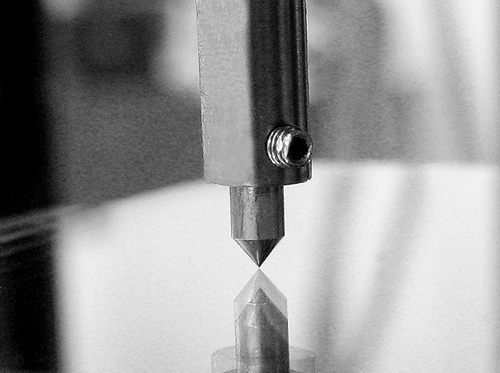
Nanovea manufactures Profilometers, Mechanical Testers & Tribometers to combine the most advanced testing capabilities in the industry. And unlike other manufacturers, Nanovea also provides Laboratory Services.
Learn More
www.nanovea.com
E-Mail: info@nanovea.com
Phone: 949-461-9292 |
| |
|
 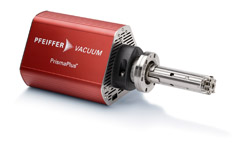
Intelligent RGA
The PrismaPlus™ mass spectrometer delivers qualitative and quantitative gas analysis and leak detection. It provides precise and stable results to 300 amu with a detection limit of 1x10-14 mbar. Learn More.
Pfeiffer Vacuum, Inc.
24 Trafalgar Square
Nashua, NH 03063-1988
Phone: 603-578-6500
www.pfeiffer-vacuum.com
prismaplus@pfeiffer-vacuum.com
|
| |
BellowsTech edge welded metal bellows are a reliable mechanical seal for Ultra High Vacuum (UHV) chambers, and add motion, sealing, and protection to vapor deposition equipment. Learn More.
BellowsTech, LLC
Phone: 386-615-7530
www.bellowstech.com
Email: bellows@bellowstech.com
|
| |
The Hiden HPR-30 is a residual gas analyser configured for analysis of gases and vapours in vacuum processes and for vacuum diagnostics.
Learn more.
E-mail address: info@hiden.co.uk
Phone: +44 [0] 1925 445225 (UK)
or [1] 734 542 6666 (USA)
Website: www.HidenAnalytical.com
|
| |
VAT manufactures high quality vacuum valves for a variety of applications. Products include: gate, angle, fast-closing, transfer, pendulum, throttle, pressure control, all-metal and customized valves. Learn more.
Contact Us:
Phone: 781-935-1446
or 800-935-1446
E-Mail: US@vatvalve.com
|
| |
Large Cryo Pumps
ULVAC's reliable large cryogenic pumps deliver high refrigeration power, maximum pumping speed and capacity at 20", 22" and 30". Specialty versions are available including low vibration and corrosion proof. Learn More.
ULVAC Technologies, Inc.
Visit Us Online
Tel: 1-978-686-7550
E-mail: sales@us.ulvac.com
|
| |
INFICON thin film deposition controllers, monitors and accessories, including customizable sensors and feedthroughs, offer features, function and value targeted to your application. View our catalog and contact us today!
INFICON
www.inficon.com
E-mail: reachus@inficon.com
|
|
|
Custom Feedthrough Assemblies
Rigaku offers custom-engineered solutions from simple feedthroughs to feedback controlled subsystems for managing motion. This includes function-enhanced products and clean/vacuum magnetic rotary seals for robots. Learn More
Rigaku Vacuum Products
www.rigakuvacuum.com
E-mail: vacuum-info@rigaku.com
Phone: 603-890-6001
|
| |
Got a Handle on Destructive Arching? Comdel Can Help.
Comdel's VF Series Multiple Channel Synthesizers provide phase adjustable output to avoid destructive arcing and cross-talk in multiple cathode plasma processing chambers, and allows adjustment for cable length dependencies. Learn more.
Comdel
11 Kondelin Road
Gloucester, MA 01930
Tel: 978-282-0620 or 800-468-3144
Fax: 978-282-4980
www.comdel.com
info@comdel.com
|
| |
|
 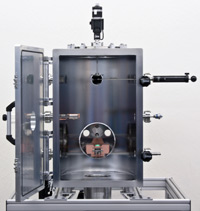
MDC's Bundled Engineered Solutions
MDC offers virtually every component required for vacuum coating applications. With MDC's standard chamber line you have the advantage of bundling these high quality pieces together without hours or weeks of special engineering. More...
MDC
engineered process solutions
www.mdcvacuum.com
|
| |
|
 
Choose Evatec's MSP sputter tool for high volume production in 3D technology and enjoy excellent thin film repeatabilities, a proven tool concept and a reliable partner. Contact Evatec's dedicated USA office for all your local sales and service requirements in thin film technology.
Phone: (603) 669-9656 www.evatecnet.com E-Mail: infoNA@evatecnet.com
|
| |
 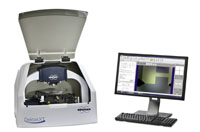
Bruker's New DektakXT™ Stylus Profiler
DektakXT™ sets a new standard in high-performance thin-film measurements with better than 5Ň step height repeatability, scanning up to 40% faster, and a single-arch design, that improves the system's noise floor. Learn More. Bruker Corporation 520-741-1044 productinfo@bruker-nano.com |
| |
|
 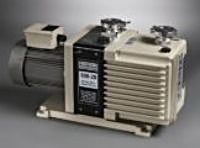
Rotary Vane Pumps
Stock to 4 Weeks
3 to 64 CFM, 6 to108 m3/hour. All voltages, 1 and 3 phase. Fomblin/Krytox available. 2 year parts and labor warranty, satisfaction guaranteed.
Vacuum Research Corporation Phone:800/426-9340
Web: www.vacuumresearch.com
E-Mail: vrc@vacuumresearch.com
|
| |


Dynavac's Diamond-Like Carbon Deposition System produces infrared and anti-reflection coatings for commercial and military applications on substrates up to 24" diameter.
www.dynavac.com
Telephone: 781-740-8600
E-Mail: sales@dynavac.com |
| |
|
 
Speed pump-down and vacuum performance with RediVac™ Vented Screws and Vacuum Baked O-Rings from
UC Components Inc.
www.uccomponents.com
|
| |
|
 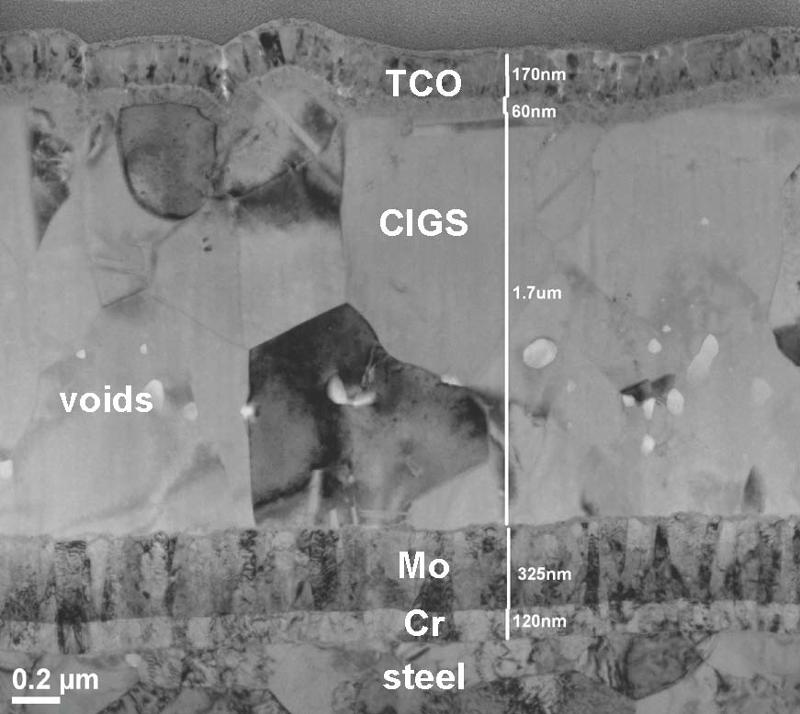
Evans Analytical Group (EAG) is the leading global provider of high quality surface analysis and materials characterization services to the films and coatings industry.
Evans Analytical Group
1.800.366.3867
|
| |
|
 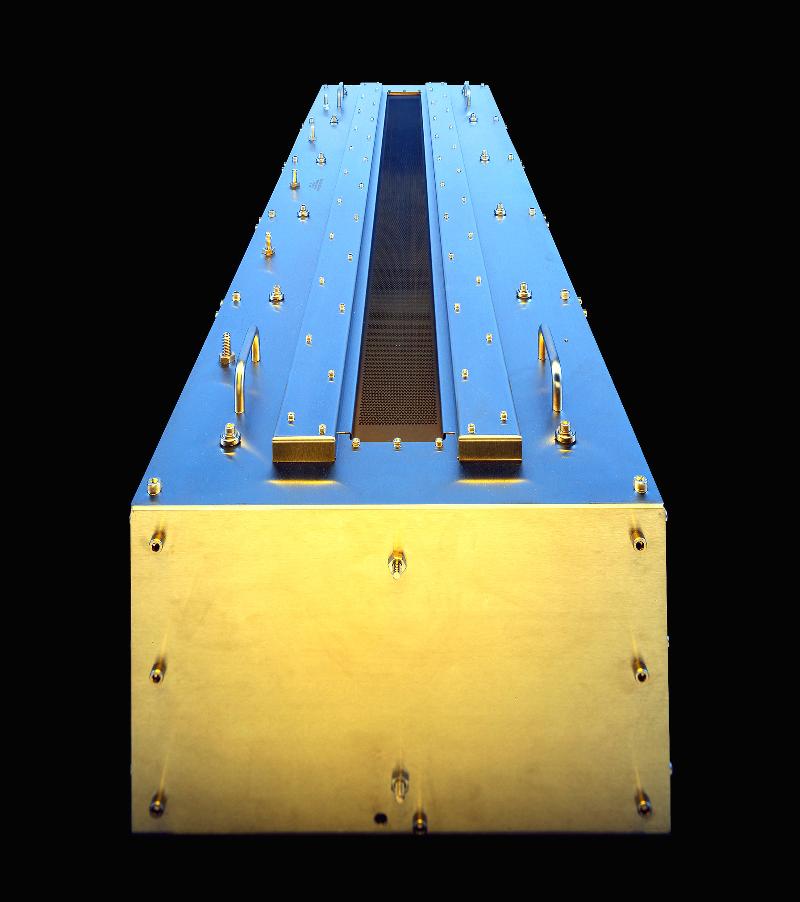
Veeco provides RF Linear Ion Sources for medium and large scale substrates featuring a broad power range and patented technology that provides reliability and performance.
To Learn More Visit:
www.veeco.com
970-221-1807
|
| |
SVC On-Location
Education Program

Bring High Quality, Practical Tutorials in PVD Processing and Vacuum Technology to Your Facility.
SVC Provides:
Recognized Instructors
Practical Information
A Schedule Convenient for You
Cost-Effective Training
Learn More...
|
| |
Save the Dates!
The 55th Annual SVC TechCon
April 28 - May 3, 2012
Santa Clara, California
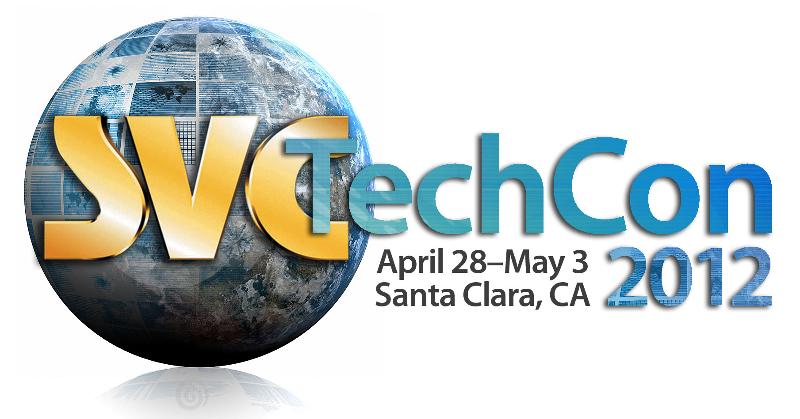 Featuring our Key Traditional Sessions, Two Symposia and Interactive Forums Featuring our Key Traditional Sessions, Two Symposia and Interactive Forums
"Lab to Fab" Vacuum Thin Film Manufacturing Processes
-and-
New Materials and Processes for Photovoltaics Manufacturing
Executive Forum
Road Mapping of Future Thin Film Products
-and-
Venture Forum
Funding and Tools to Get Your Product to Market
Preliminary Call for Papers
Submit an Abstract
|
| |
|